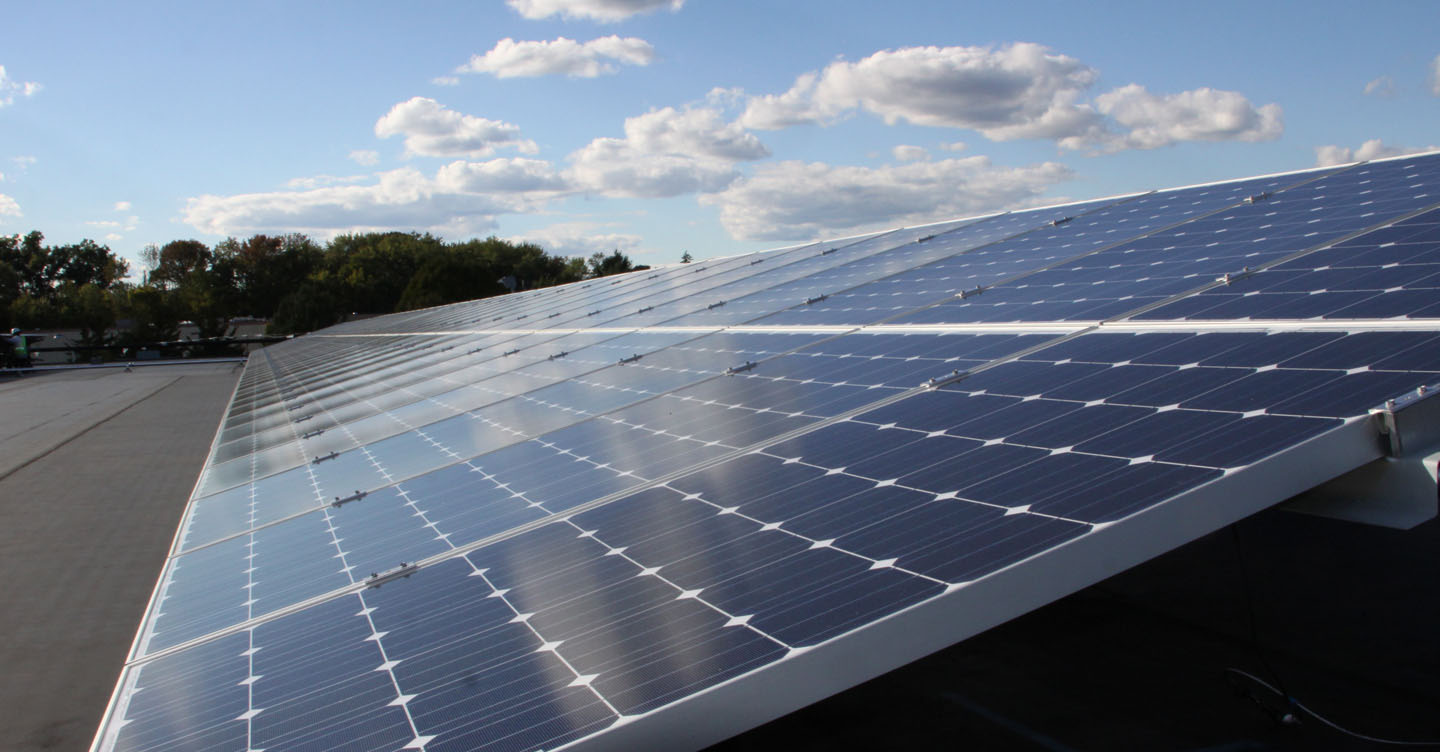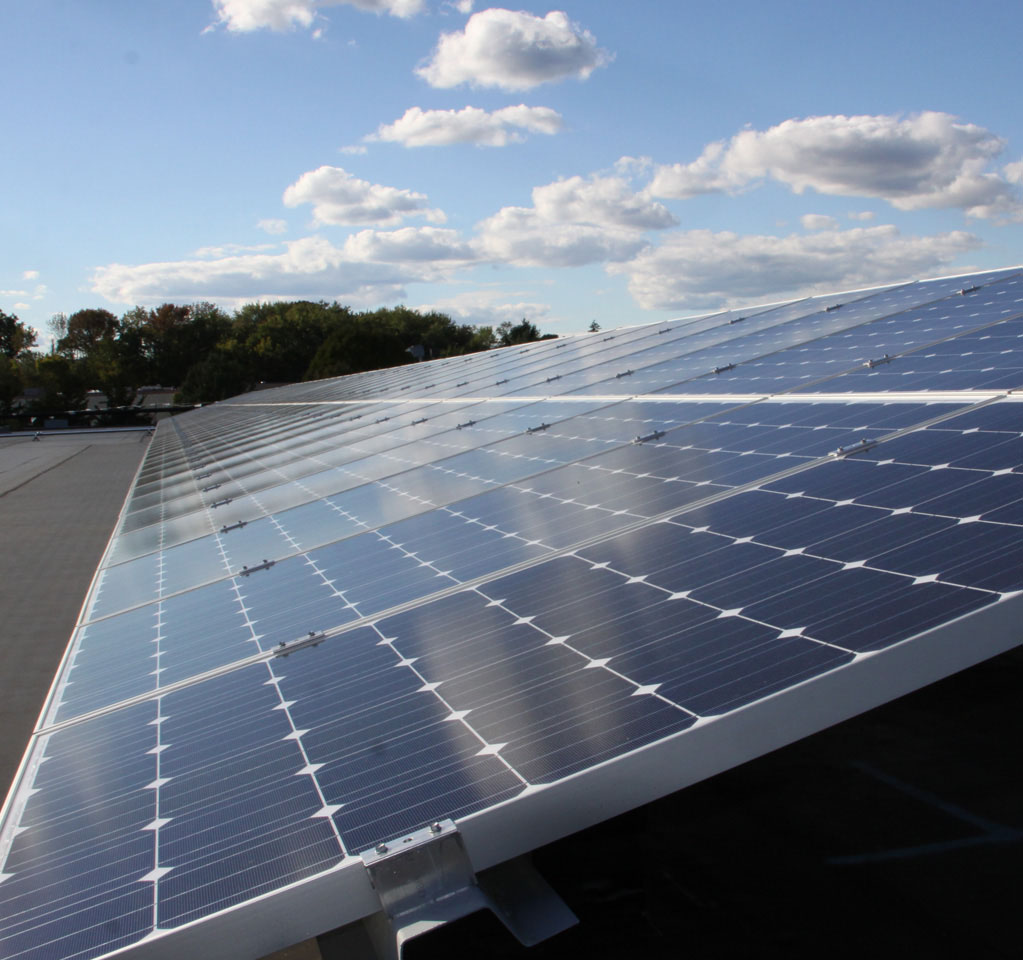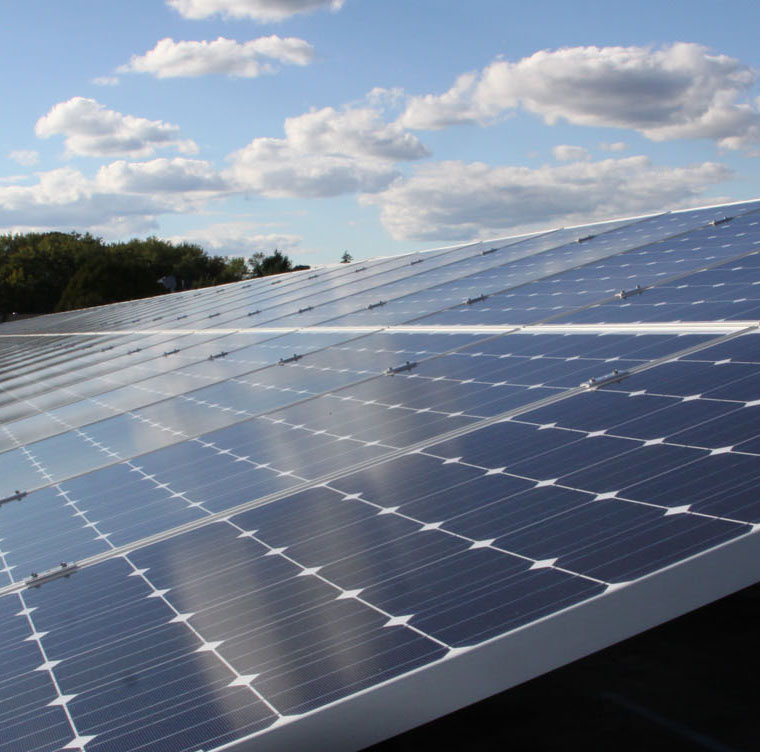UPS is investing in cutting-edge technology at its facilities to handle heightened package volumes more efficiently than ever. This upgraded capacity will increase energy usage, which is why UPS is investing in additional solar energy projects and exploring other ways to ensure the company’s growth is environmentally sustainable. UPS is working toward goals to reduce GHG emissions associated with its ground operations and source more electricity from renewables.
UPS evaluates all new construction projects for green-building rating system implementation. UPS currently has 18 facilities that have received a green-building certification, including U.S. Green Building Council LEED, Building Research Establishment Environmental Assessment Methodology (BREEAM), and the Green Globes Standard.
Visalia, CA, U.S.
Once online, a battery microgrid and on-roof solar power will make this a near-zero-carbon facility. Electric and RNG vehicles will operate from this hub.
Camden, U.K.
Smart-grid technology enables simultaneous charging of an entire fleet of electric delivery trucks. UPS is also testing the potential for used batteries to be repurposed for on-site energy storage.
Paris, France
This facility is equipped with LED lighting, as well as rainwater barrels that collect water used for washing vehicles.
Atlanta, GA, U.S.
Energy management has been integrated with conveyor systems, stopping belts if no packages are detected. UPS vehicle wash system operates with reclaimed water.
Barcelona, Spain
Building equipped with LED lighting, energy-efficient insulation and advanced package sorting technology that reduce energy consumption, and photovoltaic panels installed on the roof to reduce the amount of electricity drawn from the grid.


